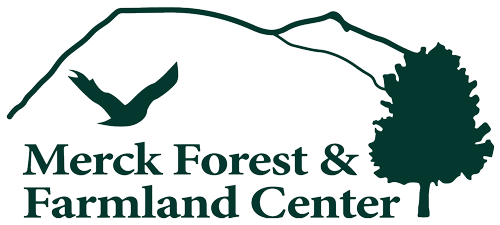We got a new children’s book in the Visitor Center the other week (which was posted yesterday on our facebook page). “Over and Under the Snow” by Kate Messner, illustrated by Christopher Silas Neal, is a delightful book that I picked up off the shelf, intending to leaf through. I ended up sitting down to read the whole thing because I found the story so interesting!
The story book tells the tale of a father and daughter that go cross country skiing through the forest, looking for signs of winter life. While some pages illustrate the movement of animals above the snow, the main purpose of the book is to share what happens beneath the snow–there is a whole world at work during winter. This world, known as the subnivean zone (“sub” meaning “below” and “nivea” or “niveus” meaning snow), the area between the bottom of the snowpack and the surface of the ground, is a interesting place, both in how it is created, and how the animals, plants, and organisms that live there function.
Subnivean zones are created when the snow falls and covers the ground. In places, small plants, tree roots, or rock act as umbrellas keeping pockets of air under the accumulating snow fall. When the snow reaches a depth, generally of about 6 inches, sublimation occurs. The warmer air from the ground causes the snow along the ground’s surface to not melt, but vaporize. The water vapor rises and then refreezes along the bottom of the snow, sturdily encrusting a space that rodents, insects and plants will use. The relatively warm (32ºF approx.) subnivean space allows many animals protection from winter’s harsh climates and from predators (though, many predators are wise to the subnivea and have their own ways of capturing prey).
While “Over and Under the Snow” only delves so deeply ( a few inches, perhaps) into the ecosystem under the snow, there are scientists that are really working to understand the importance of subnivean zones. The Audubon article by Jeff Hull, “Life Under the Snow” details more of the ecosystem functions of the space. Part of this particularly interesting article discusses how specific microorganisms, which for a long time were thought to be dormant during the winter, actually proliferate in the subnivea. It is these specific microorganisms that produce the all important nitrogen that truly helps plants regenerate in the spring. With the inconsistencies of the weather for the past few years, a stable below snow zone is not being created in many parts of the world, and animals, plants, and microorganisms may be feeling the negative ramifications of early or late thaws, or no snow at all!
There are more than several articles online about subnivean zones, everything from children’s videos on Youtube to the more scholarly Audubon article. They are definitely worth the time to read (see below). If a beautifully illustrated introduction to the subnivea is for you, our Visitor Center carries “Over and Under the Snow” by Messner.
The next time you are here at Merck, snowshoeing or x-country skiing across the snow, be mindful, as there is a whole world beneath you.
Audubon Article, http://mag.audubon.org/articles/nature/life-under-snow
National Park Service, Winter Ecology Teachers Guide http://www.nps.gov/glac/forteachers/upload/Winter%20Ecology%20Teacher%20Guide%202010.pdf
Burlington Free Press, “Subnivean Zone”, http://www.burlingtonfreepress.com/story/news/local/2014/12/26/subnivean-zone-shelter-snow/20901281/
Wild Kratt’s Journey to the Subnivean Zone, Youtube video, https://www.youtube.com/watch?v=qXtV5iCd74Y

